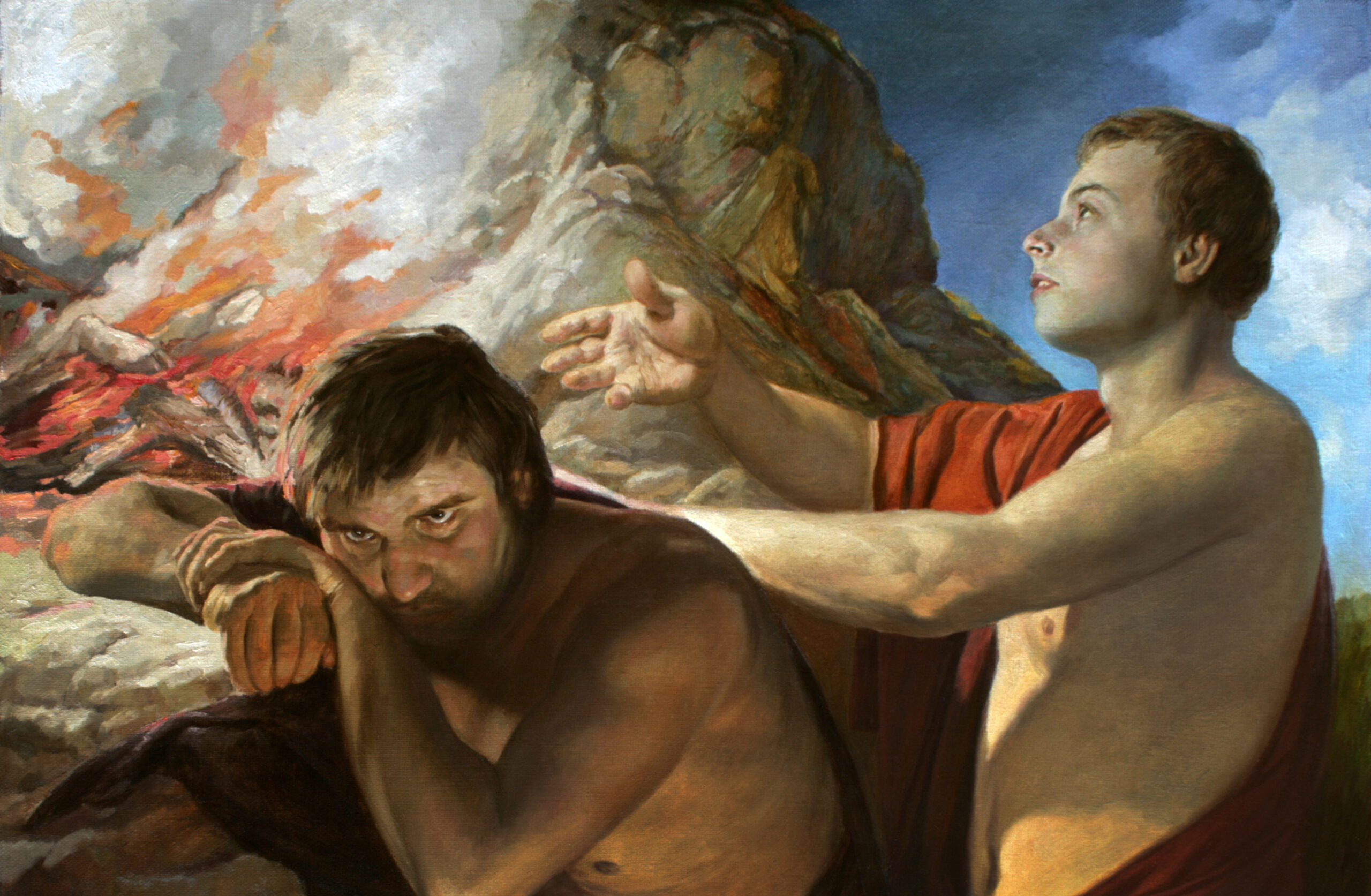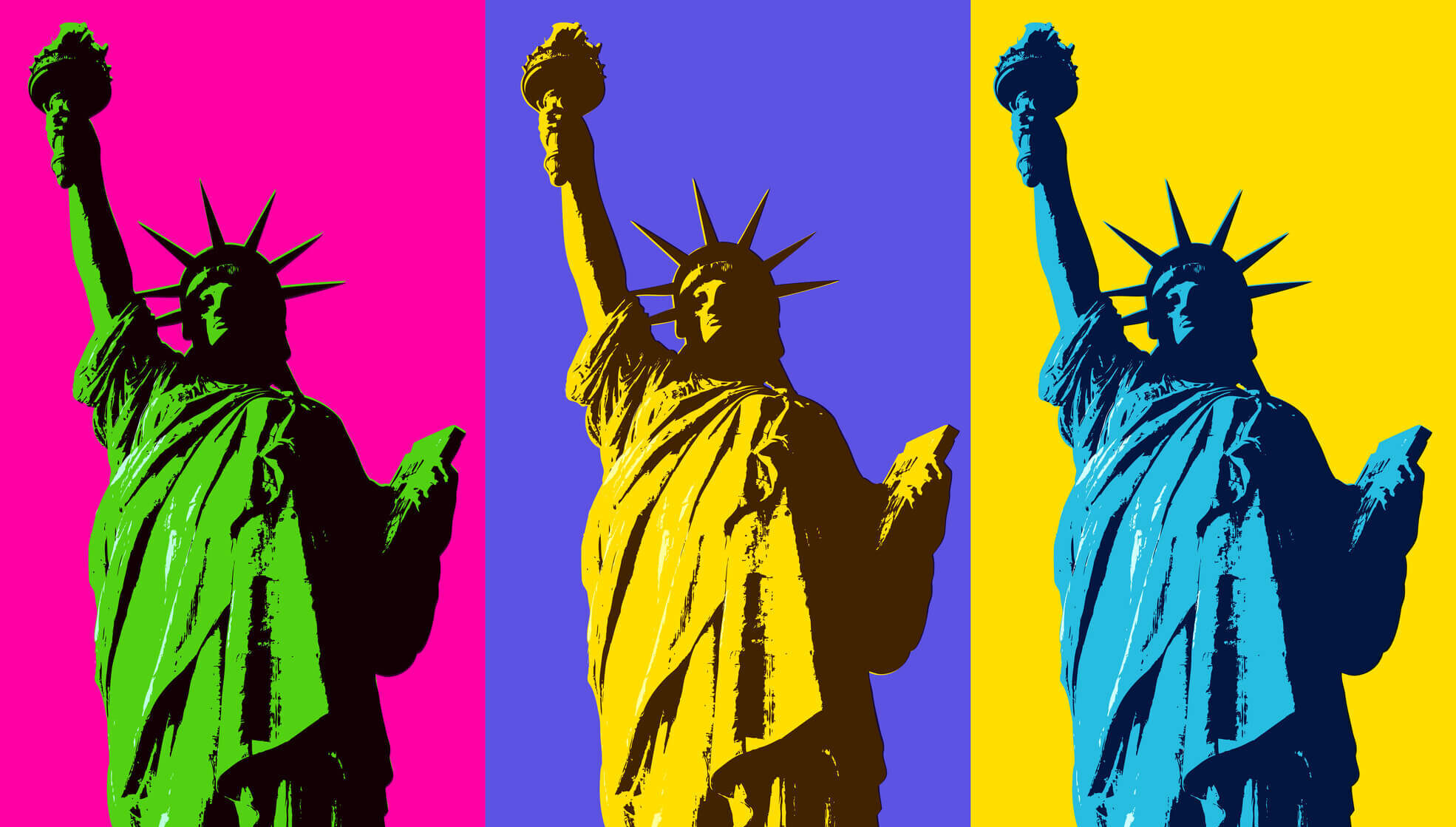The Lover’s Guide to Trapping
by Wyatt Prunty
(Baltimore: Johns Hopkins University Press, 2010)
When poets turn to the practice of criticism, they almost invariably supply us with a useful gloss on their own work, an implicit apologia for their particular methods and materials. A full two decades ago, Wyatt Prunty published “Fallen from the Symboled World”: Precedents for the New Formalism, a book that remains impressive for its close and sympathetic readings of Robert Lowell, Richard Wilbur, Howard Nemerov, and other poets Prunty admires. But the study’s lasting value resides in its author’s creative application of insights derived from a deep acquaintance with the ideas of the phenomenologists Husserl and (particularly) Heidegger, thinkers who, for all their points of disagreement, insisted that the world we find ourselves in and our experience of it cannot be adequately addressed by empiricism on the one hand nor a priori reasoning on the other. If we would be authentic interpreters who speak out of our uniquely contemporary predicament, we must strive to see and say things whole (as they are), which is to say phenomenologically. This requires a radical humility in the face of the irreducibility of the real, in which the perceived and the perception, object and subject, mysteriously intertwine.
Thus, Prunty argues, the most successful poets since World War II have shed a once-confident symbolism in favor of “simile-like tropes,” substituting “likeness” for a lost “equivalence.”
Fortunately one need not fully comprehend (much less adhere to) the assumptions at play in phenomenology to read Prunty’s poetry with pleasure and admiration, but an awareness of the degree to which he sees and says things in terms of similitude, not strict correspondence, is an important avenue into his art. In a sense, The Lover’s Guide to Trapping, his eighth and most recent volume of verse, holds few surprises. The voice is a familiar one, calm and never strident, speaking to the reader in a characteristic “plain style” in which words, lines, and stanzas are weighed with discernible care, and the author’s signature preoccupations and images—memory, mutability, illness, water, weather, music, circuses, photography, birds, dogs—are reassuringly present. This new book marks no departure for the poet, but it is an impressive addition to his already considerable achievement. Here Prunty is perceiving (and writing) at the top of his form, working through striking and unexpected “simile-like tropes” toward whatever tentative comprehension his fidelity to “total” experience will allow.
The initial poem, “Mole,” is thus more than the whimsical celebration it seems at first glance. Pursuing “his intricate need,” this “bland isolationist” and “Myopic master of the possible” mines “root-rich” and “prudential ground.” A “Revisionist of all things green,” the lumpy “bashful” mole is something like a certain kind of poet, intent on realizing “the imperative poise of now.” And the final poem, “An Early Guide to Trapping,” resembles at times a veiled treatise on prosody, a detailed and tough-minded georgic on how best to catch one’s reader through persistence and indirection: “The first rule is your unobstrusiveness” and “best results will always come in numbers” (a plea for formalism?). “As to your traps,” the speaker advises, “clean them of incident. / Even you in your particular may foul. / Understand that quiet suits you best” and
Be prompt to clear, re-bait, and set.
And never let the signatures of grief—
Whether met firsthand or written by escape—
Dissuade you from refinement of purpose,
As you will increase by every good form of patience.
Canny words for trapper or poet, or phenomenologist determined to seize and purvey an elusive image or event at the moment it seems most charged with significance. (For a superbly realized case in point, turn to the poem “1950.”)
The ludic impulse is strong in Prunty, and while he delights in lexical and dialogic games, he always plays for serious stakes. The contemporary beast fable “Big Dog, Little Dog,” a cautionary tale about the dogged insecurities of humankind and the inevitable miseries that accompany the sin of envy, is on one level a clever, suburban updating of Aesop, but, in keeping with the poet’s characteristic practice, it proceeds through likening, not analogy, and arrives not at a terse pragmatic admonition but a recovered wisdom that is at once as ancient as Plato and modern as psychotherapy: “(Desire needs lack as much as what’s desired.)” In one of the most powerful and haunting poems in the volume, “Spencerian Hand,” Prunty pursues his strategy of similitude with notable ingenuity. A florid nineteenth-century calligraphy becomes the perfect medium for conveying the lethal sentimentalities that lured a generation of very young men to death or disfigurement in the American Civil War.
Wars, old and new, are very much on the poet’s mind. “Stazione Centrale” ponders an iconic event toward the end of World War II, the death of Mussolini (who made the trains run on time) and his mistress at the hand of otherwise unremarkable partisans, who suspend their bodies upside down in a railway station. In “Memory,” a pair of veterans swaps war stories from Korea. The first presents death through a distancing, sardonic lens; the second presumes to speak the unspeakable—and succeeds. “The Returning Dead” is a more contemporary poem in every sense, as the speaker stares back at the “static” faces of soldiers killed in Iraq and Afghanistan when their names roll by on the late news. The past is frequently a violent terrain in Prunty’s verse. Suffering and folly are human constants, and in “Last Century” the poet decries the optimism that drove much of the twentieth century even in the face of serial wars, the death camps, and the dawning of the Atomic Age. In retrospect, an anticipated “century of light” testifies to the dark unintended consequences of our presumed “enlightenment.” History grants no permanent victories, and there are no innocent bystanders.
Wyatt Prunty is a celebrated raconteur, in person and on the page, and many of the poems in The Lover’s Guide are narratives, while virtually all contain at least the germ of a story. The longest and most fully developed is “Parks,” which chronicles the life, times, and complicated legacy of the title character, a wheatlands patriarch whose tenacity and stoicism are at once heroic and perverse. It is said that one of Ezra Pound’s ambitions was to render the substance of a Henry James novel in a relatively brief poem. Be that as it may, “Parks” is something like a Willa Cather novel in miniature, a remarkable and moving achievement.
In his critical writing, Prunty has made much of the distinction between “poems that speak” and “poems that sing.” For the most part, his poetry is content to speak in a carefully modulated voice that is unique and unmistakable, a voice that is engaging, companionable, reflective, and ostensibly modest (more than one reader has drawn comparisons with Frost). Yet Prunty can sing when he wants to, as in this passage from “Two Views,” which records the “choric” antiphony of migratory songbirds:
This side liquid whistles followed by a trill,
While there, a series of clear carolings,
Then the rapid whinnies of descending will
While somewhere overhead a finch attempts
All notes at once, as though to summarize
The way limbs ladder up, step green to blue
So shadows rise.
Prunty’s project is to “Turn what we lose always to a new finding” (“Albumen Silver Print from Glass Negative”) by venturing into a liminal territory where life as lived “carries more than reason / Gathers in its mirrors” (“Fields”). His poems, like the birds in “Two Views,” are “convergences of now.” ♦
William Bedford Clark, professor of English at Texas A&M University, has published widely in the field of American literature. His first book of poems, Blue Norther, appeared in 2010.













